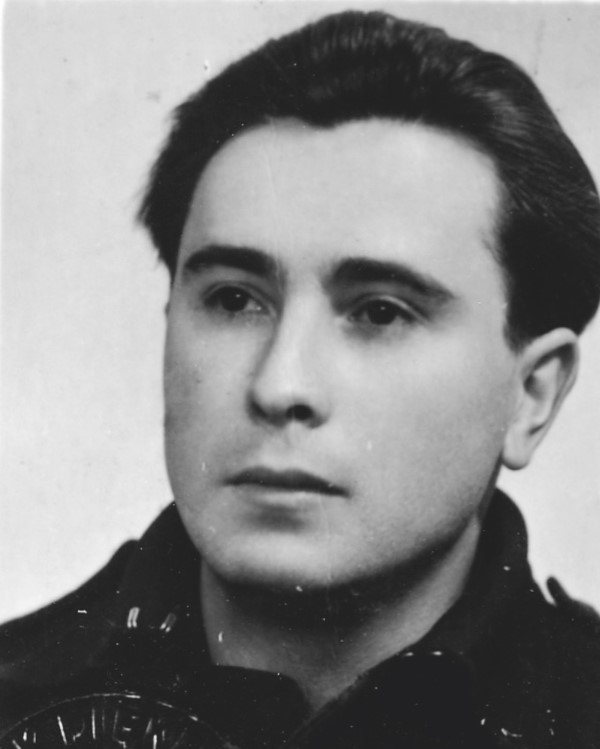Alexandre RIEMER
January 3, 2019Félix ROITMAN
January 3, 2019Sam RINGER
TARNOW (POLAND) 1918 – PARIS 1986
Sam Ringer was the son of a dressmaker and a theater costume designer. He grew up in Oswiecim, which became Auschwitz under the German occupation. He was a skilled gymnast and was also gifted in mechanics; he made radio sets his entire life. He was passionate about drawing from a young age. In 1937, despite the anti-Jewish segregation at that time, he enrolled in the School of Fine Arts in Krakow. In 1939, he was awarded the first drawing prize. The German invasion forced him to stop his artistic studies.
In 1940, he was forced to work on the construction of the Auschwitz concentration camp. That same year, he was deported to Annaberg. He successively went to the Sacrau, Mechtal, Markstädt, Fünfteichen, Gross Rosen, Buchenwald, Berg, and Elster camps. Sam Ringer was finally liberated by the Russian army at the Theresienstadt camp in fall 1945. He was ill and was treated at a hospital in Litomerice, Czechoslovakia. He was later transferred to Krakow, where he was treated at a Jewish hospital. During his convalescence, he resumed his studies at the School of Fine Arts in Krakow. In 1946, he left Poland with the Kibbutz Nilli. In 1947, he arrived in France and continued his studies at the Ecole des Beaux-Arts in Paris for six years. He took Souverbie’s painting classes, Goerg’s engraving courses, and studied lithography with his teacher Jaudon (he was awarded the first composition prize). In 1957, he married Jeanine Etlinger, whom he met at the Beaux-Arts in Paris. They had two children.
Sam Ringer "C'était un homme", sale organized by Bonhams Cornette de Saint-Cyr on March 29, 2023

Stories of Jewish Artists of the School of Paris 1905-1939
FRENCH-ENGLISH
Capitale des arts, le Paris des années 1905-1939 attire les artistes du monde entier. De cette période de foisonnement, un terme est resté, celui d'Ecole de Paris, qui recouvre une grande diversité d'expression artistique. Dans ce brassage dont Montparnasse est le creuset, un groupe se distingue : celui des artistes juifs venus de Russie, de Pologne et d'Europe centrale. Si leurs styles sont variés, un destin commun les rassemble : ils fuient l'antisémitisme de leur pays d'origine. Certains ont connu la célébrité dès les années 1920, tels Soutine, Lipchitz ou Chagall. D'autres n'ont pas eu le temps ou la chance d'y accéder. Près de la moitié a péri dans les camps de concentration nazis.
From 1905 to 1939, Paris attracted artists from all over the globe as the capital of the art world. This period of artistic proliferation became known as the School of Paris, and includes a great diversity of artistic expression. Within the teeming art world centred on Montparnasse, one group set itself apart: Jewish artists from Russia, Poland, and Central Europe. Although their styles were diverse, they shared the common fate of fleeing anti-Semitic persecutions in their home countries. Some became famous in the 1920s, such as Soutine, Lipchitz, and Chagall, while others did not have the time or the luck to gain renown. Nearly half of these artists died in Nazi concentration camps.





